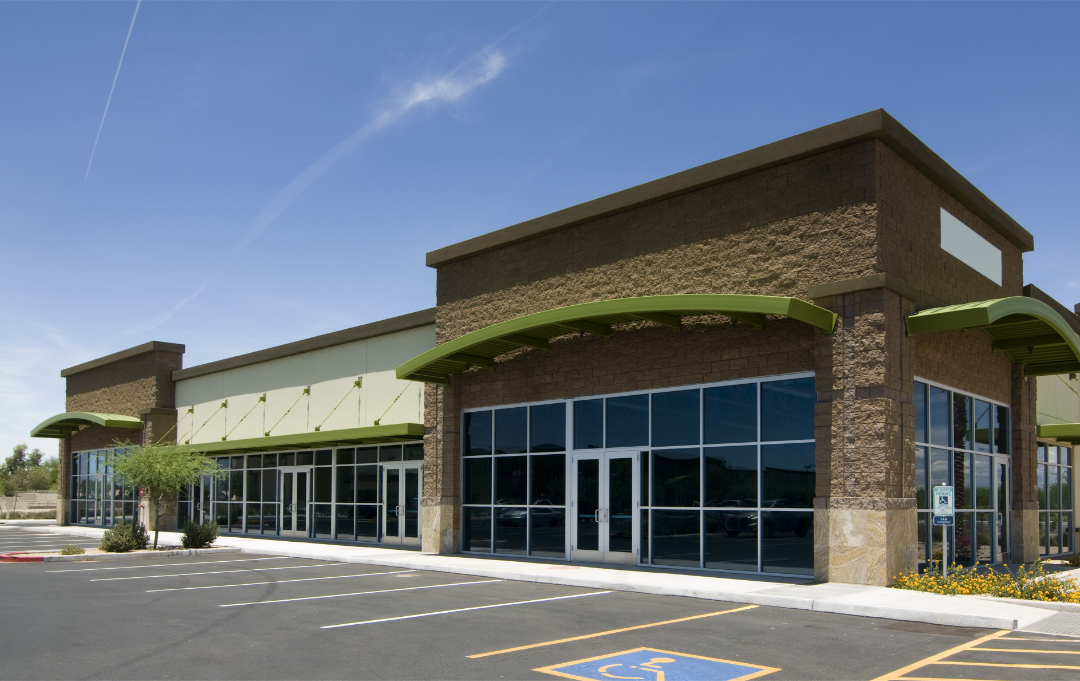The term “cap rate” is commonly thrown around in commercial real estate. But what does it actually mean? Cap rates, or capitalization rates, are a way to measure the return on investment of a specific property. It takes into consideration operating expenses, income, and the building’s value and is commonly represented as a percentage.
Cap rates are an excellent way for investors to determine how quickly they will recoup their investment and how much risk is associated with a given property. Typically, lower cap rates correspond to less risk and smaller returns. Inversely, higher cap rates correspond to more risk and higher returns.
Calculating Cap Rates
To calculate a cap rate, divide the net operating income of a building by its value. Net operating income is the property’s total income minus any operating expenses. Dividing this number by the building’s asset value gives the capitalization rate.
For example, a building worth $5 million with a net operating income of $200,000 has a 4% cap rate. Generally, different categories of commercial real estate tend to fall into specific ranges of cap rates.
What Affects a Cap Rate?
Cap rates are affected by several different factors. Some of these factors include location, type of building, property class (A, B, or C), and types of leases. Understanding each factor’s impact on a building’s cap rate is crucial in finding a suitable investment for your portfolio.
Please contact Steve Longenecker at WeBrokerCORealEstate or 720-600-9513 regarding any commercial real estate needs in Longmont, CO, and our neighboring communities.
We give out $250 gift cards for referrals that become our real estate clients.
Like, Share & Follow us on LinkedIn and Facebook.
#longmontcommercialrealestate #commercialrealestatebroker #northerncoloradocommercialrealestate


